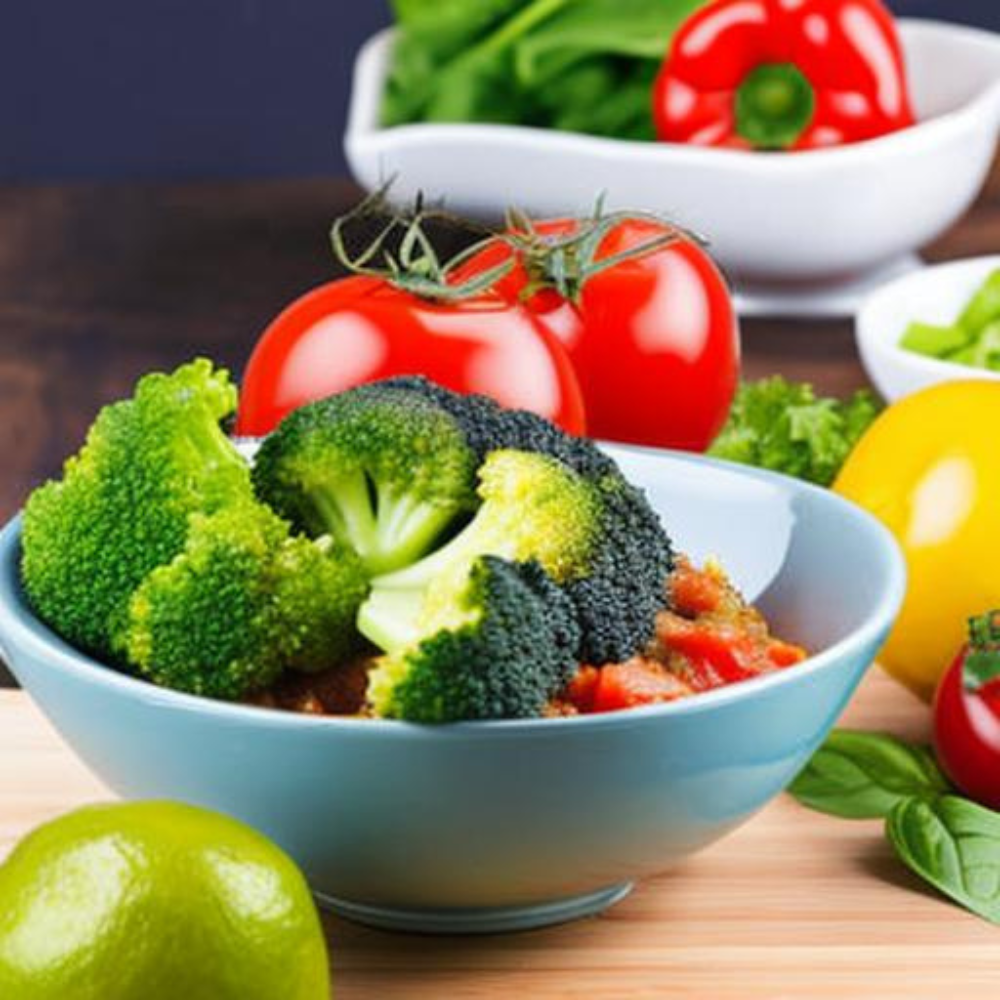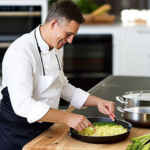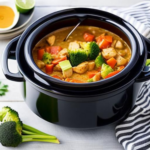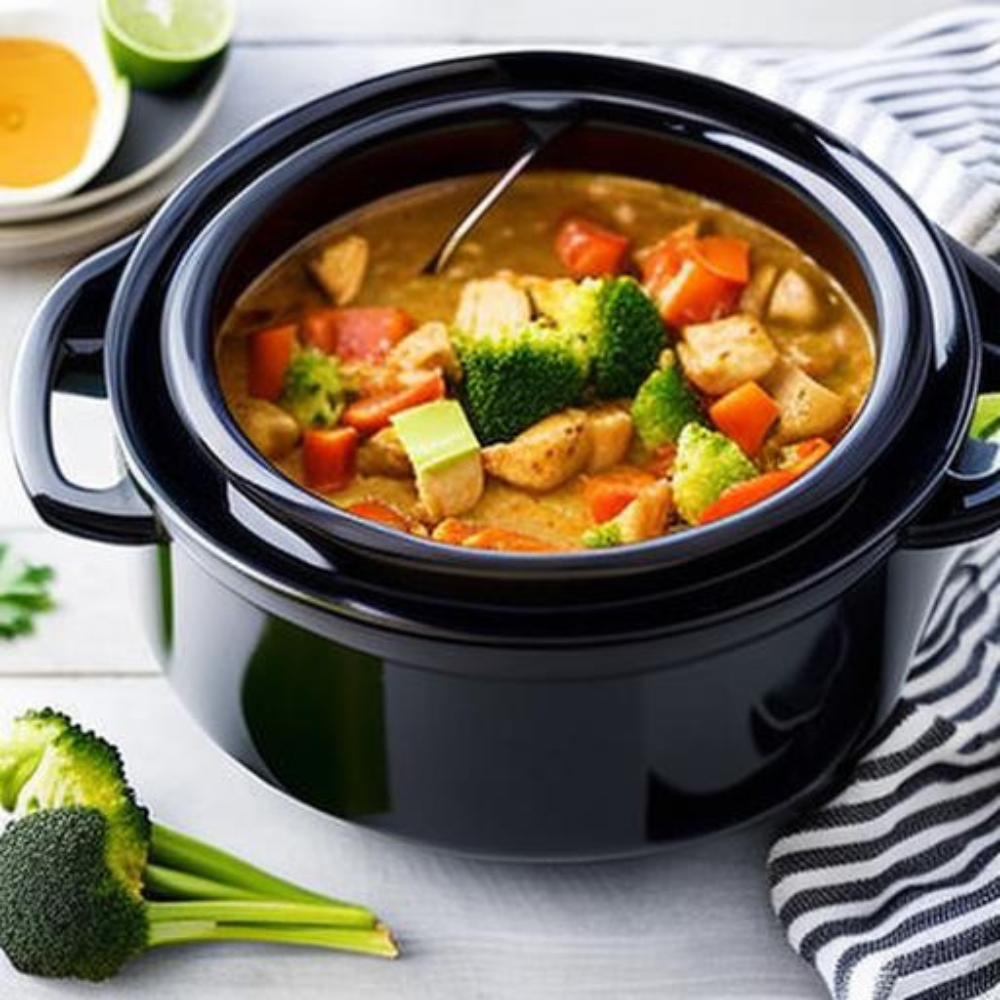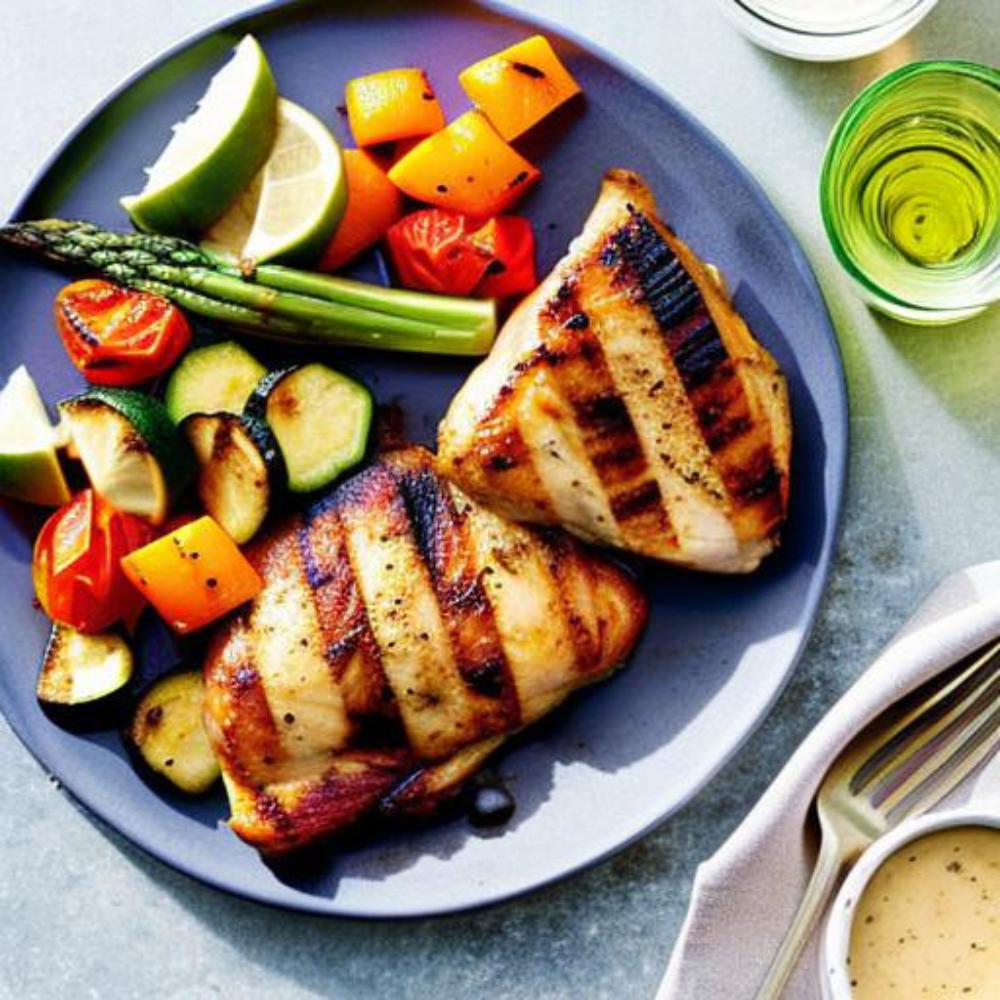Cooking for special diets can be a challenge, but it’s becoming increasingly important as more and more people are diagnosed with food allergies and intolerances. Whether you’re cooking for a friend or family member with a specific dietary requirement or catering for a larger group, it’s important to understand the diet and be able to accommodate it. In this article, we’ll discuss tips and tricks for cooking for special diets, including gluten-free, dairy-free, and more.
Research the Diet
The first step in cooking for a special diet is to research and understand the diet. This means learning about the ingredients that are allowed and those that should be avoided. For example, if you’re cooking for someone with celiac disease, you’ll need to avoid all gluten-containing grains such as wheat, barley, and rye. If you’re cooking for someone with lactose intolerance, you’ll need to avoid all dairy products.
Stock Up on Ingredients
Once you know the ingredients that are allowed, it’s important to make sure you have them in your pantry. This will save time and make it easier to cook meals that meet the dietary requirements. For example, if you’re cooking for someone with a gluten intolerance, make sure you have gluten-free flours, bread, pasta, and other staples on hand. You’ll also want to make sure you avoid cross-contamination in the pantry by keeping gluten-free ingredients separate from those containing gluten.
Adapt Recipes
If you have a recipe that you love, try adapting it to meet the special diet needs. For example, if the recipe calls for milk, you can substitute it with almond milk or coconut milk. There are also many gluten-free flours that can be used in place of regular wheat flour. It’s important to understand how to adjust cooking times and temperatures when using alternative ingredients.
Avoid Cross-Contamination
It’s important to avoid cross-contamination when cooking for special diets. This means separating utensils and cookware, and properly handling and storing food. For example, if you’re cooking for someone with a gluten intolerance, make sure you use separate cutting boards, knives, and cookware to avoid cross-contamination.
Presentation
Finally, presentation is important when cooking for special diets. There are many creative plating ideas that can make a meal look appealing, even if it’s restricted to certain ingredients. For example, using bright, colorful vegetables can add a pop of color to a dish, while garnishes such as fresh herbs can add flavor and interest.
Conclusion
In conclusion, cooking for special diets can be a challenge, but it’s an important skill to have. By researching the diet, stocking up on necessary ingredients, adapting recipes, avoiding cross-contamination, and presenting meals in an appealing way, you can successfully accommodate the needs of those with dietary restrictions. Don’t be afraid to experiment with new ingredients and recipes, and embrace the challenge of cooking for special diets.

